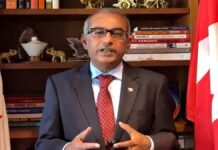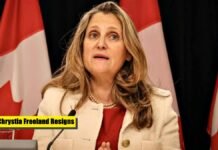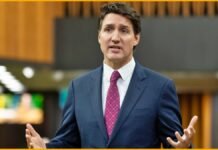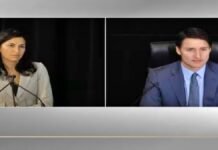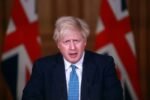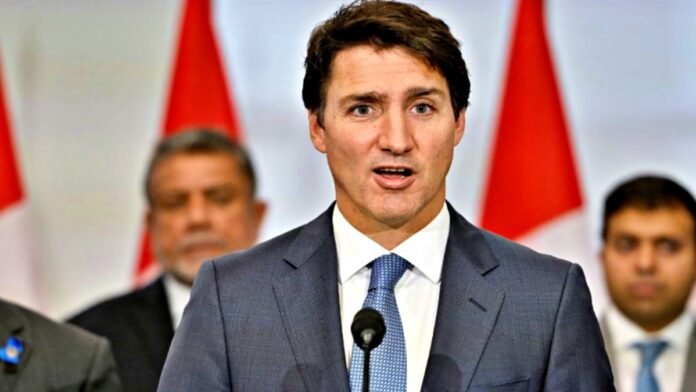
Key Points:
- Justin Trudeau Steps Down: After eight years in office, Trudeau announces his resignation amidst waning popularity and internal dissent within the Liberal Party.
- Acting PM Until Successor Named: Trudeau will continue as acting Prime Minister until the Liberal Party selects a new leader, expected to take at least three months.
- Longest Minority Parliament Session Ends: Trudeau adjourns Parliament until March 24, citing the need for a fresh start under new leadership.
- Liberal Party Faces Leadership Challenge: The party’s National Executive will convene this week to outline the leadership transition process.
- Trudeau Reflects on Tenure: In his farewell speech, Trudeau described himself as a “fighter” and thanked Canadians for their support since 2015.
Ottawa: Canadian Prime Minister Justin Trudeau officially announced his resignation on Monday, bringing an end to his tenure as leader of Canada after eight years in office. The 53-year-old politician cited internal dissatisfaction within the Liberal Party and his declining popularity as key reasons for his decision to step down.
Speaking at a press conference in Ottawa, Trudeau said, “I intend to resign from the post of party leader and Prime Minister after the selection of the new party leader.” Until then, he will continue to serve as acting Prime Minister.
Parliament Adjourned Amid Transition
Trudeau also announced the adjournment of Canada’s Parliament until March 24 to allow time for a leadership transition. “This morning, I advised the Governor General that we need a new session of Parliament. They have approved this request, and now the House will be adjourned till March 24,” he explained.
The decision marks the end of what Trudeau described as “the longest minority parliamentary session in Canadian history,” which he acknowledged had been stalled for months due to political gridlock.
Liberal Party’s Next Steps
The Liberal Party’s National Executive is scheduled to meet this week to discuss leadership issues and set a timeline for electing Trudeau’s successor. According to party insiders, the process is expected to take at least three months, with the party constitution allowing up to four months for leadership changes.
Despite stepping down, Trudeau assured that he would work to ensure a smooth transition and expressed confidence in the party’s ability to find a capable successor to lead Canada forward.
Reflections on Leadership
Trudeau, who became Prime Minister in 2015 and led the Liberal Party through three elections, reflected on his time in office during his farewell address. Describing himself as a “fighter,” he thanked Canadians for their trust and support over the years, stating, “It has been an honor to serve this country.”
Challenges Leading to Resignation
Trudeau’s decision comes at a time when his leadership faced significant challenges, including diminishing public approval ratings, internal disputes within the Liberal Party, and criticism over his handling of key issues such as the economy and foreign policy.
Political analysts suggest that Trudeau’s departure may be an opportunity for the Liberal Party to regroup and rebuild its base as it prepares for the next general elections.
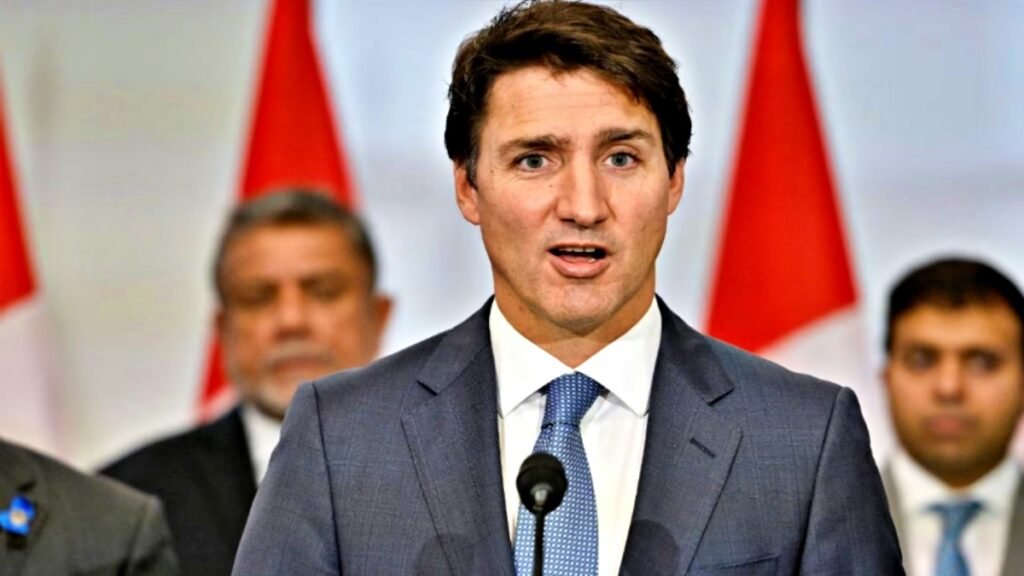
Looking Ahead
As Canada awaits the election of a new Liberal Party leader, Trudeau’s resignation signals a pivotal moment in the country’s political landscape. The next leader will face the daunting task of uniting the party and addressing the pressing issues that have contributed to Trudeau’s decline in popularity.
With Parliament set to reconvene on March 24 under new leadership, Canadians will be watching closely to see how the transition shapes the future of the nation.




































